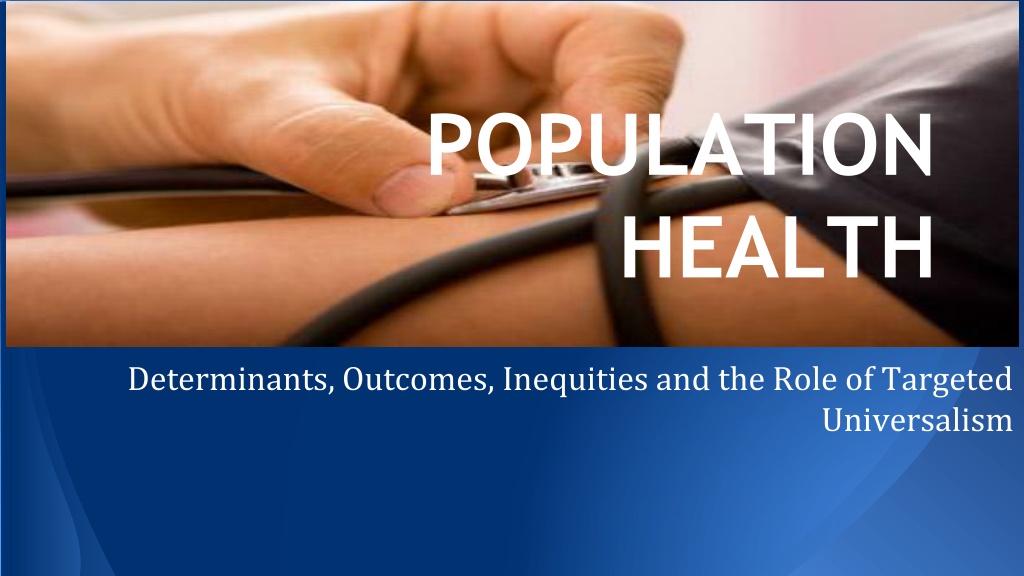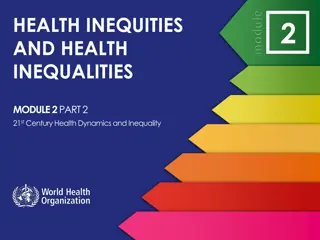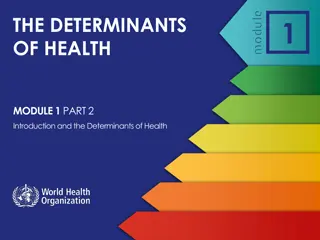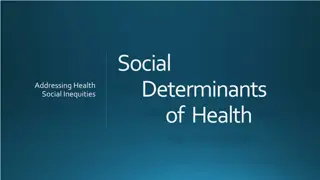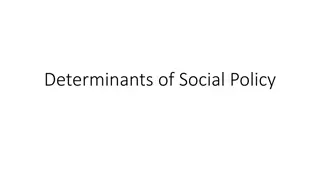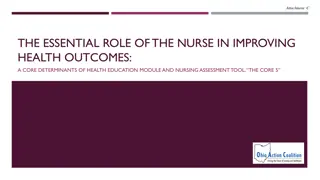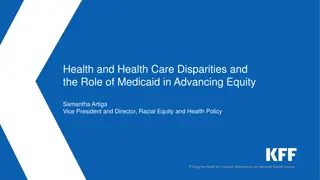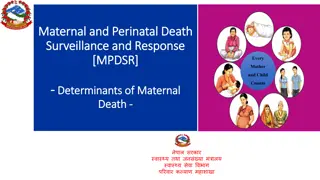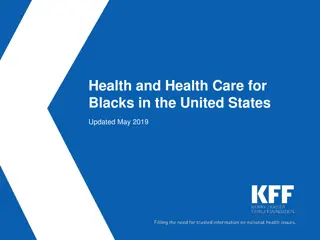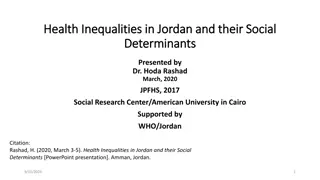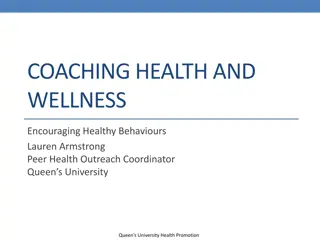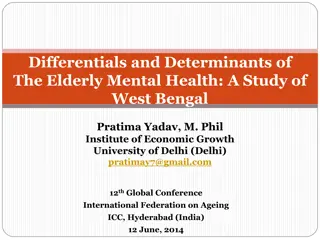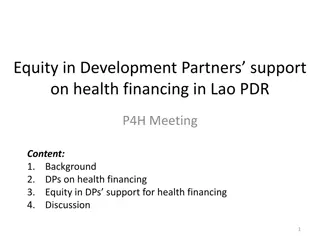Understanding Population Health: Determinants, Inequities, and Outcomes
Explore the intricate web of determinants influencing population health, including natural and social factors. Learn how targeted universalism can address health inequities and promote better health outcomes for all. Discover the key themes and importance of population health at all levels, along with the impact of social/structural determinants on health. Gain insight into the percentages of health status influenced by genetics, healthcare, and social/environmental conditions.
Download Presentation

Please find below an Image/Link to download the presentation.
The content on the website is provided AS IS for your information and personal use only. It may not be sold, licensed, or shared on other websites without obtaining consent from the author. Download presentation by click this link. If you encounter any issues during the download, it is possible that the publisher has removed the file from their server.
E N D
Presentation Transcript
POPULATION HEALTH Determinants, Outcomes, Inequities and the Role of Targeted Universalism
KEY THEMES Population Health The determinants of health--both natural and social (or structural) How we move forward collaboratively to implement strategies to counteract impediments that continue to undermine the health of our population.
POPULATION HEALTH IS IMPORTANT AT ALL LEVELS At all levels, unhealthy communities negatively affects our economy economic viability begins with healthy neighborhoods At all levels, unhealthy communities result in higher health-care costs for providers, payers, and communities; lower educational performance; and diminished productivity generally.
HOW DO WE DETERMINE POPULATION HEALTH?
NATURAL DETERMINANTS Genetics Infant mortality rate Stress Average Life Expectancy
SOCIAL/STRUCTURAL DETERMINANTS Neighborhood Race Social Class Gender Income Education Occupation Food Security
More Equality is Good for Our Health We also found that living in a more equal place benefited everybody, not just the poor Likewise, the benefits of greater equality spread right across society, improving health for everyone not just those at the bottom. In other words, at almost any level of income, it s better to live in a more equal place. Wilkinson, Richard; Pickett, Kate
BREAKING DOWN THE PERCENTAGES How much of our health status is determined by biology? How much of our health status is socially/structurally determine? Health status is determined by: (1) genetics: 20-30%; (2) health-care: 10%; social, environmental conditions, and behavior: 60-70%
CURRENT STATE OF HEALTH OUTCOMES Detroit s health outcomes lags substantially behind Michigan and most of the nation. In 2010, Detroit s rates for congestive heart failure, asthma, diabetes, and grand mal and other epileptic conditions were more than twice that of the State of Michigan. Within Detroit, there are 3 areas of greatest concerns--south of I-75, immediately west of Woodward, and immediately east of Woodward. These areas have Ambulatory Care Sensitive (ACS) discharge rates of 500 or more per 10,000 residents, greater than twice the rate of the State of Michigan.
CURRENT STATE OF HEALTH INEQUITY i. Lack of access to healthcare, appropriate care, and under-utilization of available services. ii. Social and Structural determinants continue to remain a barrier to improved health outcomes. 89% of Detroit s population live in a Medically Underserved Area (MUA) and 81% of the Detroit population is classified as living in a Health Professional Shortage Area (HRSA). Detroit s unemployment rate continues to exceed that of Michigan and the U.S. Detroit officials project that the demand for food assistance will increase substantially, while resources necessary for providing such assistance are expected to decrease.
WHAT IS OUR AIM MOVING FORWARD? Turn This: Into This:
COMPARING APPROACHES TOWARD A HEALTHIER FUTURE Universalist Approach Applies to everyone; treats everyone the same. Targeted Approach Applies to particular populations and treats only those populations. Targeted Universalism Approach Sets universal goals for everyone, while targeting populations to help specific groups.
CLOSING REMARKS While we look at health inequities and the social determinants of health, our goal is improving the health of the entire population, not just achieving equity for disenfranchised groups who may live in disenfranchised areas. The future of Detroit is linked to the future of Southeast Michigan, the future of our individual communities is linked to the future of the U.S., and the future of the U.S. is linked to the future of the world.
